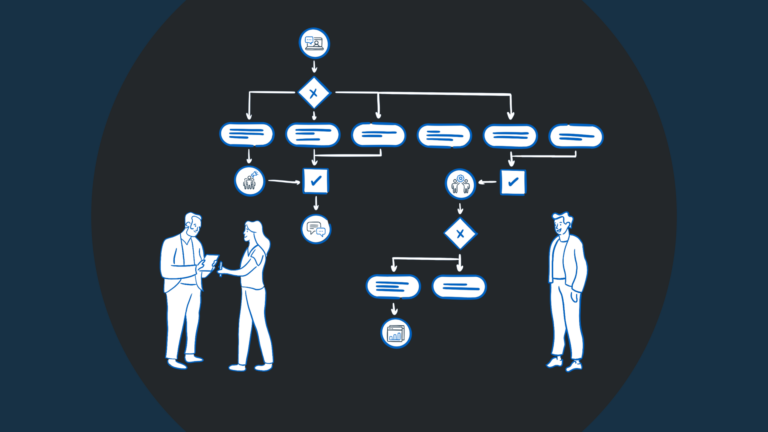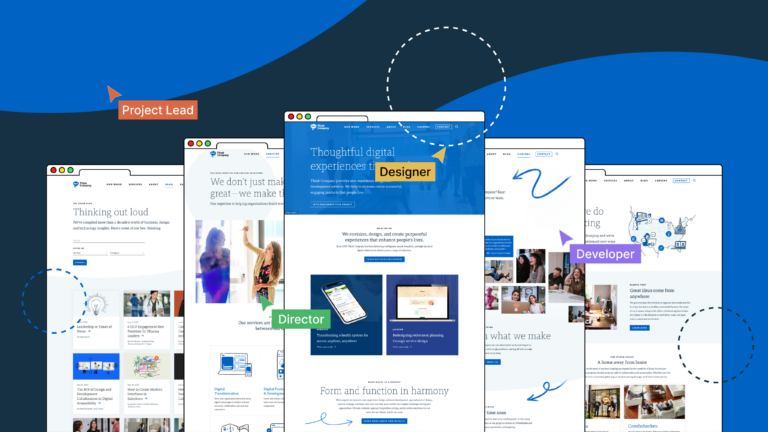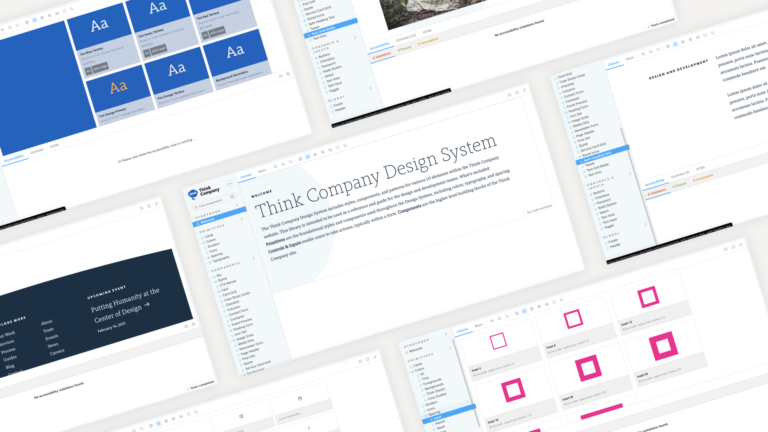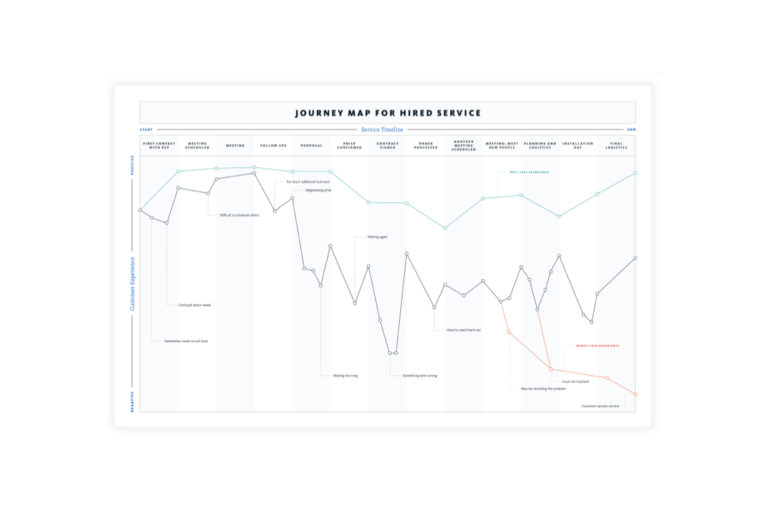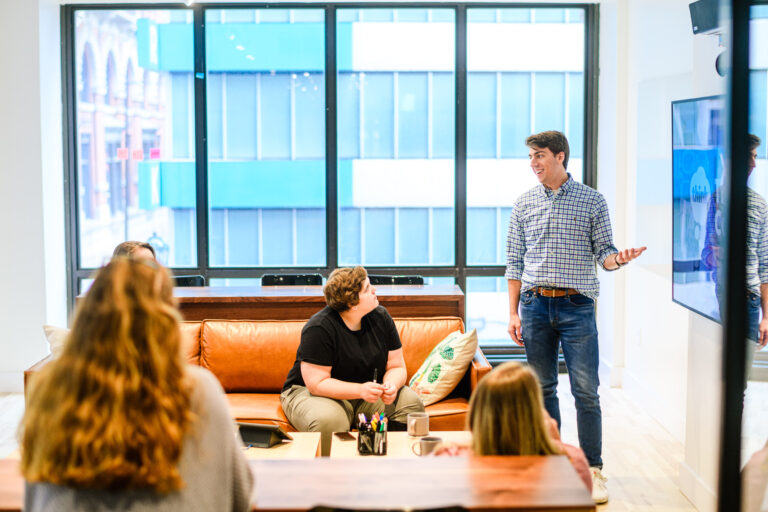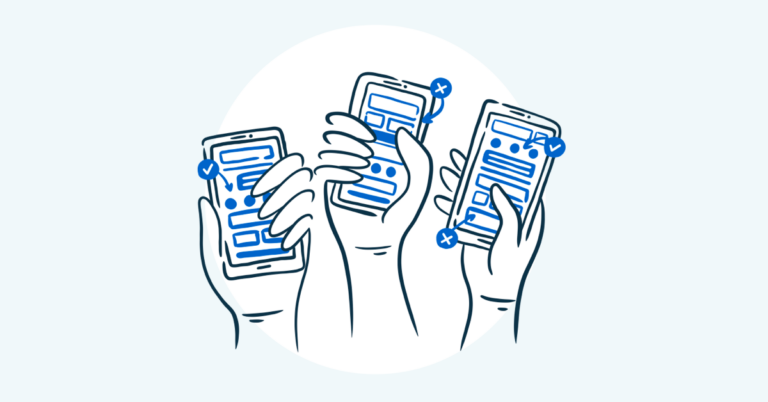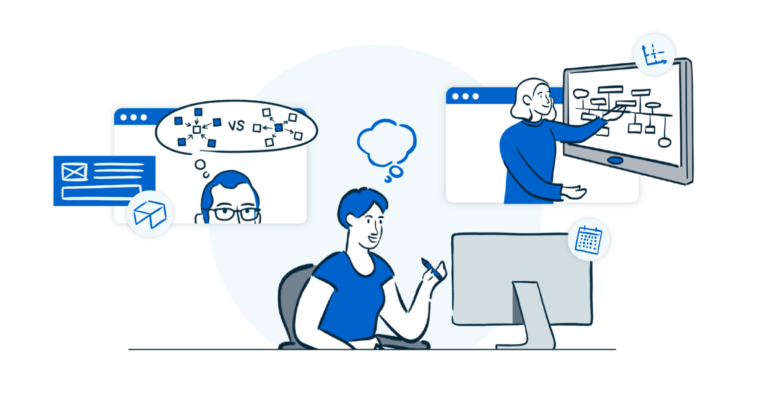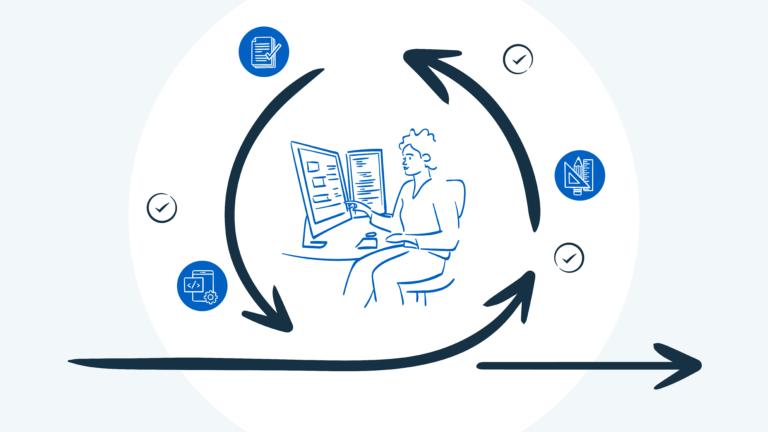Design and technology guides
Explore the fundamentals
Learn more about the foundational elements of designing impactful experiences for customers and employees. Created for practitioners, leaders, and advocates who care about UX, these guides have been crafted by our discipline experts and offer some of the best advice out there.
Let's talk about your project.
We scope projects and build teams to meet your organization's unique design and development needs.

